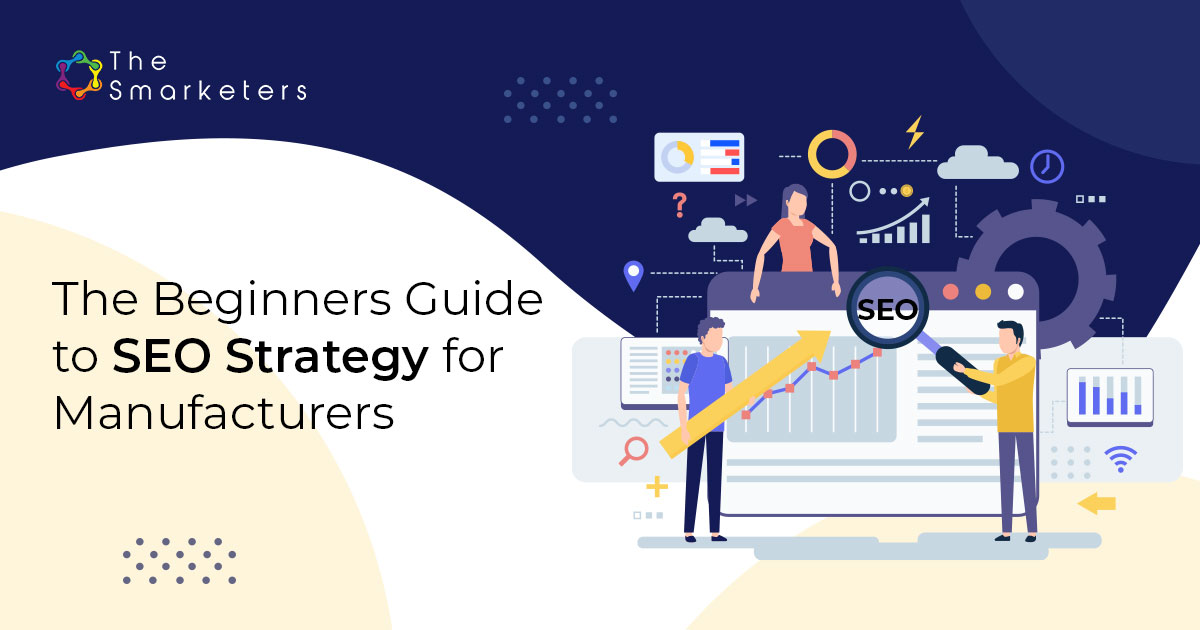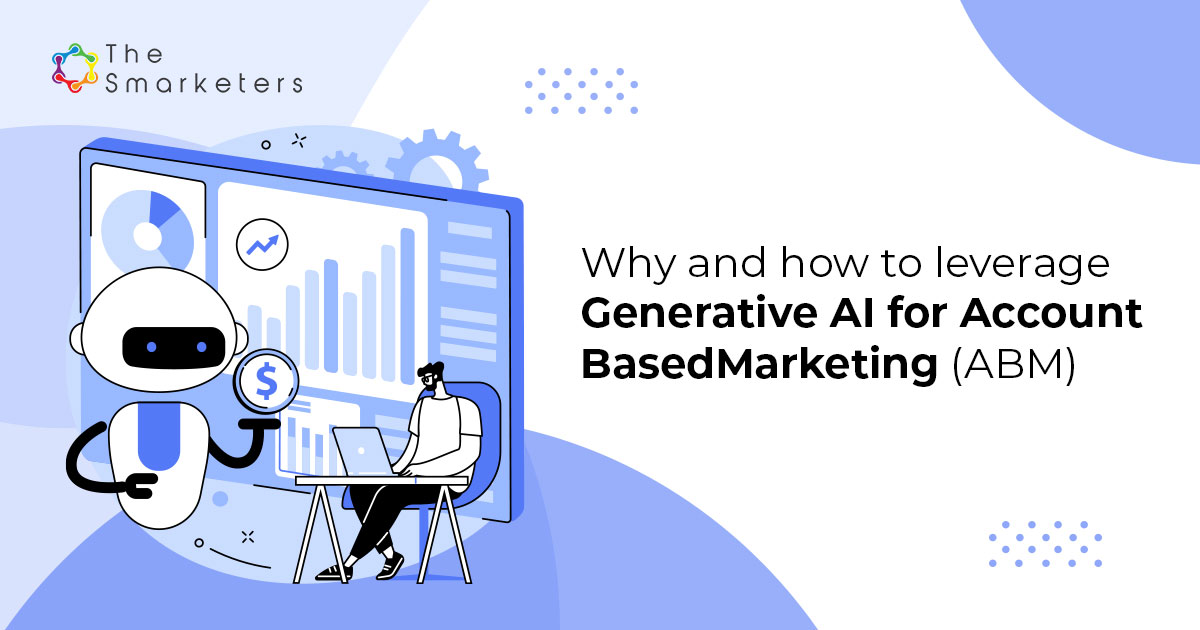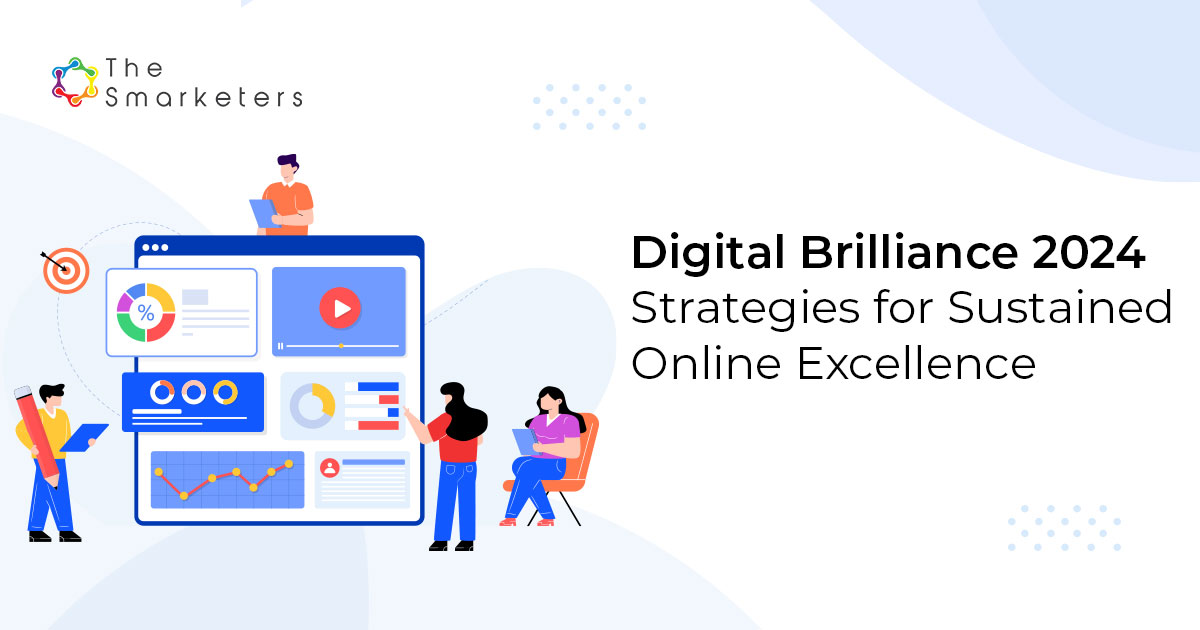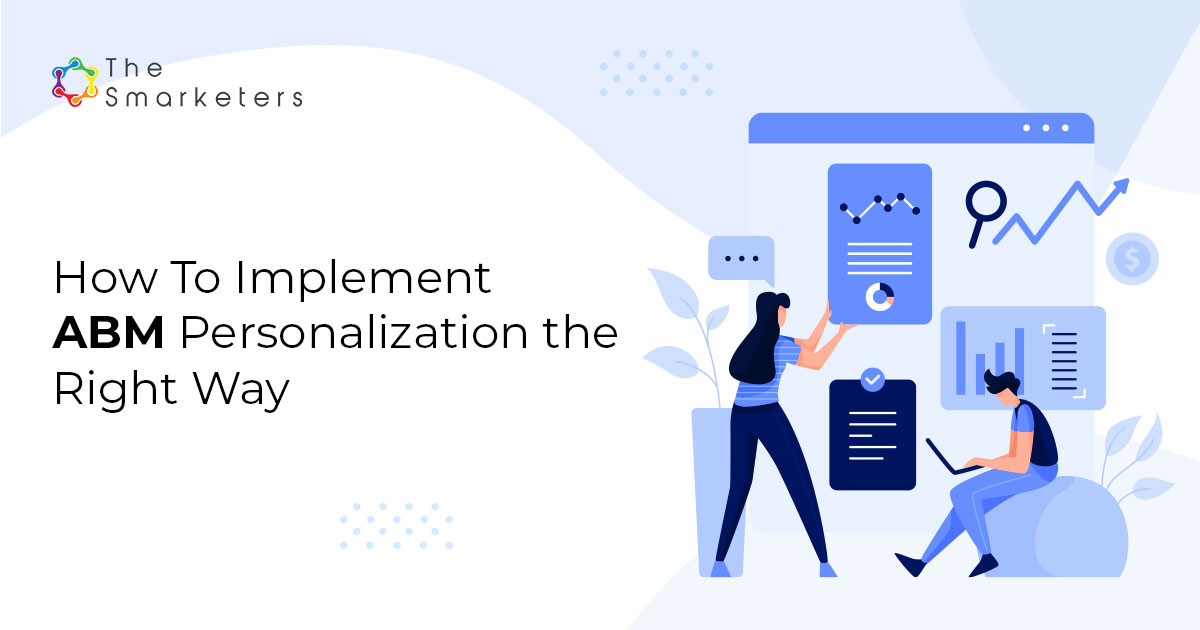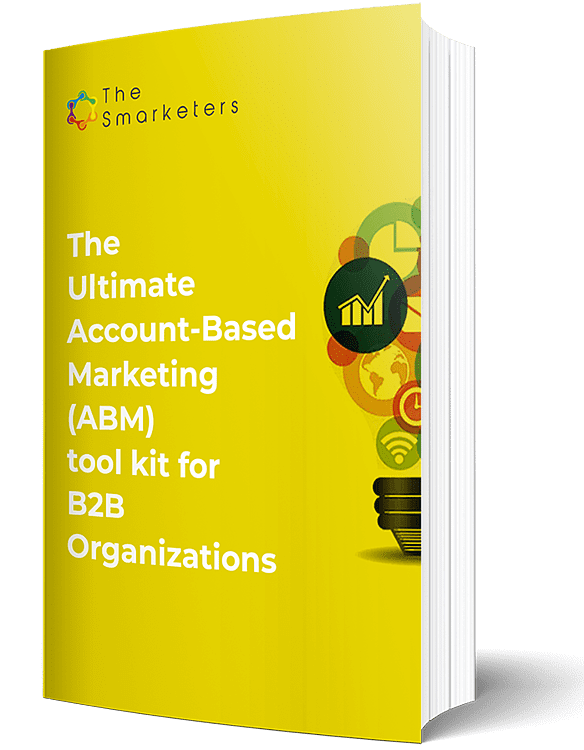Table of Contents
Introduction
In a fast-expanding, dynamic B2B market, brands can only thrive by embracing digitalization and a buyer-centric approach. The age-old profit-centric methodology no longer fares in today’s buyer’s age. The modern consumer is tech-savvy – they know where to look for the solution, how to research and compare the best solutions available and find value-for-money deals.
Thus, CMOs and marketers must rethink and redesign their marketing approaches and marketing wing’s roles and responsibilities. They must identify and analyze the demand/revenue marketing strategy across multiple buyer personas, methodologies, and tech tools. Only with Precision Demand Generation Marketing can B2B brands attain marketing maturity and fulfill their revenue projections.
Organizations must actively monitor their progress and strategies to understand where they stand in the marketing maturity framework for higher success rates.
Coming to the big question – what is marketing maturity?
If you wish to dig deep into marketing maturity, keep reading till the end!
What is Marketing Maturity?
It is a framework that helps brands and organizations make necessary changes to improve their key functionalities and processes steadily. The marketing maturity model aims to improve IT and tech-related operations and complex business processes. It analyzes a company’s core processes, strategies, tools, technologies, data, and performance to determine its position on the maturity spectrum.
In plain words, marketing maturity denotes a company’s transition from a profit-centric approach to a buyer-centric one. According to the marketing model graph, businesses at the lower end of the maturity chain focus on profiting from individual projects. Contrarily, companies on the higher end of the spectrum become active drivers of strategic business growth.
Essentially, as companies gradually climb the maturity ladder, they leverage advanced digital marketing tools, depicting higher marketing expertise and industry knowledge.
What Does Marketing Maturity Mean for B2B Marketing?
B2B marketing maturity model differs greatly from B2C one.
While the reasons why customers purchase products/services are many (primarily oriented around wants and needs), companies usually buy solutions to address a specific business challenge. The buyer’s journey in B2B is much longer than in B2C where firms shortlist a few feasible solutions after careful consideration of numerous products/services available. This may take months or even years.
The primary duty (and challenge) of B2B marketers is to get on their target client’s shortlist. They must create personalized pitches and promotion campaigns to ensure your Inquiries and Leads have you in mind while evaluating, choosing, and purchasing.
When addressing this challenge, B2B marketers must answer four fundamental questions –
1. What business problem does our brand address?
2. Which companies face this challenge?
3. How do these businesses wish to solve the problem?
4. What is the true nature of our business?
CMOs must ask the first three questions to all critical stakeholders in the company (sales and marketing executives, marketing managers, etc.), and often, they’ll find that people lack a clear understanding of the client’s perspectives and problem statements. Hence, its crucial to involve all stakeholders in the research and solution identification process to find the correct answer for the fourth question.
Sales and marketing strategy teams must collaborate to gain deeper insights into the market, target customers, and potential competitors. Accordingly, they must align the company’s collective talent and resources to create well-thought-of business strategies. This is how B2B firms can ensure steady growth through continual innovation.
Like any other marketing maturity model, the B2B framework includes hierarchical succession levels for improving key competencies.
Each level is designed to manage a targeted function and becomes the foundation for the next one. As you progress through the stages, you see an improvement in the previous level’s components as they imbibe newer and better validations.
As the internal processes improve, it boosts the overall performance and ROI.
Maintaining the order of succession is vital to ensure that all components function optimally where they belong. This makes adopting new tools at higher levels easy and seamless.
B2B Marketing Maturity Levels
We’ve given a brief outline of different levels in a maturity model and how marketing plays a vital role at every level.
Level 0
At this level, the company has just started operating based on a product idea. To attract attention, it starts building a presence in the digital world with a basic presentation of its product and the organization’s goals. Every founder must create these to show their market viability and position; hence, this level is better known as the survival level.
Level 1
Once the organization is commercially afloat and validated, the next step is selling the product. It requires developing a sales model, hiring sales staff, and educating them about the product. Once the sales executives are adequately trained, they can negotiate in sales calls and close deals.
Level 2
As the product has its sales model, it’s time to focus on marketing. At this stage, marketing strategy mainly includes identifying prospective customers and forwarding them to the sales team. Also, the company performs demand marketing (generating new demand for the product) activities to expand customer outreach and steer business growth.
Level 3
At this level, marketing evolves from lead discovery to a strategic function where the lead’s quality matters more than the lead’s volume. Here, the contact-inquiry-lead-opportunity (CILO) model is essential for transforming demand generation into sales-actionable work, allowing sales and marketing teams to track and understand the buyer’s journey.
Level 4
Once the organization attains quality leads and high conversions, it is essential to ensure its effective delivery to the sales wing. At this stage, businesses realize that including the marketing team in the product development, finance, and sales processes enhances coordination. This alignment promotes faster adoption of innovative solutions that cater to market demands and guarantee better customer retention.
Level 5
By this stage, marketing evolves into a core business function and driving force. So, the marketing team’s knowledge becomes an intrinsic part of the company’s decision-making process. It enables the organization to measure a product idea or product modification against potential revenue with an estimated cost of marketing and sales. C-suite executives can align the company’s goals, R&D investments, financial scope, sales capacity, etc., to maximize returns.
Five Aspects of B2B Marketing Maturity
We’ll break down the five parameters vital for B2B marketing maturity – they are clear indicators of the buyer’s journey progress.
1. Planning and management
CMOs and marketing executives must be ready to adjust their strategies in sync with the evolving customer needs. This requires flexibility in setting up processes and their measurement metrics accordingly.
Data management can help set up different processes. They help marketers access the correct data and use it to capture the indicators that help marketers understand buyer needs.
Additionally, marketing leaders should consider third-party sources and emerging technologies to support marketing strategies like account-based marketing.
The marketing and sales teams are responsible for making these changes and setting up the processes. They utilize colossal data volumes to ensure all strategies align with the current market trends.
2. Recruitment and alignment
Having the right talent is pivotal for every organization. Restructuring a company’s hiring practices and leveraging the power of both in-house and external resources is essential. However, business leaders must know how to balance the company’s resources well – from using internal experts and teams to outsourcing work to independent resources.
Brand marketers and C-suite executives must have an in-depth understanding of the commercial scope and business needs for optimal resource alignment. Through this, leaders ensure that every stakeholder is aware of their role.
Business leaders must lead by example by embracing workplace diversity and encouraging collaboration for societal alignment.
3. Growth Marketing
Implementing a comprehensive growth strategy is the foundation of a marketing plan. Marketing leaders mostly use account-based marketing strategy and demand generation to support their advertising campaigns. Many marketers use various channels to promote and sell their solutions (indirect sales). So, this is another essential criterion for brands.
Demand generation is the most result-driven and quantified marketing metric as it continually generates new leads even when the buyers’ responses are hard to predict. Coupled with account-based marketing, demand gen ensures longer-term engagement via increased collaboration of the marketing and sales teams.
However, marketing leaders must address two fundamental questions – how to integrate ABM with the demand gen, and what tools do they need? Addressing these questions is key to decoding the dynamic direct/indirect sales, changing customer demands, etc., and their impact on marketing goals.
4. Execution and management
Creating stellar strategies and campaigns that attract and engage customers needs expertise and special skills. The key is to find the perfect combination of compelling proposition and powerful creativity to deliver the message to the right audience at the right time and place.
With several niche teams across marketing strategy, messaging, creative design, and deployment, it’s challenging for leaders to manage in-house and external resources in the rapidly changing communications and buyer landscape.
Thus, marketing leaders must influence and organize day-to-day steps of marketing campaigns that can target buyers through multiple channels aligned to suit their preferences and needs. Making executive campaign decisions demands extensive market research for collecting the necessary data.
5. Buyer journey and success
Customer experience (CX) determines a brand’s market success and positioning. Good CX helps accelerate acquisition and optimize revenue potential. Marketers must strive to make simple yet effective customer experience strategies by aligning all customer-facing stakeholders.
A customer’s experience is a combination of strategic initiatives specially designed to address their pain points. Hence, marketing leaders should consider the entire customer experience – from their initial buyer’s journey to becoming loyal customers.
Marketers can use content to engage, educate, and influence how the buyers feel about the brand and its offerings. This initiative can build a long-term and trustworthy relationship between the audience and the brand.
Setting B2B Marketing Strategy Around Buyer’s Maturity
Let’s explore the parameters that will help you move towards maturity in B2B marketing.
Data is the most important driving factor for informed decision-making. Businesses can leverage the correct data effectively in two ways – first, by cleaning and organizing the data, and second, by analyzing and collating it to create a 360-degree view of the market and target customer. By doing so, companies can convert raw data into business-ready actionable insights that can identify the gaps in marketing strategy.
Personalization is a vital tool for modern marketers. Even in the B2B segment, businesses love personalized strategies, campaigns, and solutions that can solve their challenge. A personalized B2B marketing strategy must touch the emotions and motivations of the buyer. Marketers can access customer data via multiple channels, including social media, feedback forms, website clicks, etc. They should use this data to understand the buyer’s problems and purchase behavior. After discovering these insights, marketers can create highly targeted B2B marketing strategies and engaging experiences for individual accounts (clients).
The final aspect B2B marketers should chase is delivering consistent and engaging brand experiences across all digital channels (websites, mobile apps, social media, etc.). As your clientele enjoys consistent experiences, their loyalty toward your brand increases. They may even become your biggest promoters, fortifying your brand’s credibility.
Final Takeaway
B2B organizations must understand and monitor their market maturity progress to ensure consistent growth. A company should get a comprehensive view of each stage of its buyer’s lifecycle before incorporating a content strategy into its marketing mix.
Since each B2B business is unique with its distinct market maturity level, it becomes trickier for marketers to tailor-make strategies for overcoming business challenges. A great start would be redesigning the existing tech stacks to fit buyer-centric strategies. CMOs should encourage greater collaboration between cross-functional teams to eliminate siloed work.
Precision demand marketing is all about a company’s flexibility to adopt and tweak business strategies to cater to the evolving market and client needs.




